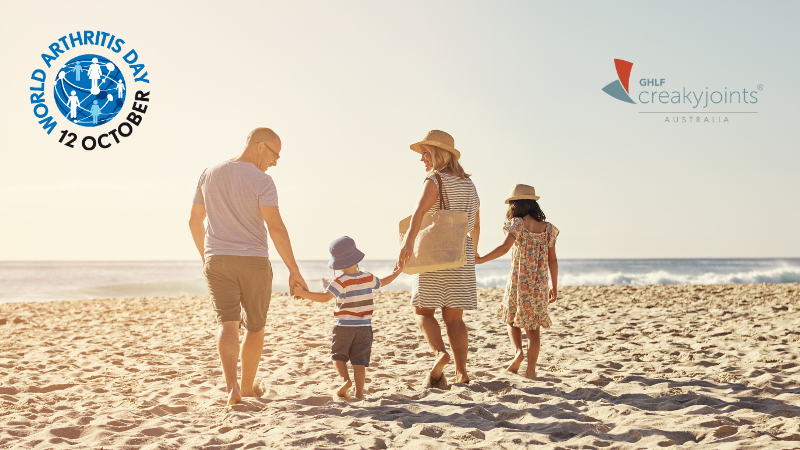About Juvenile Idiopathic Arthritis
Also known as juvenile rheumatoid arthritis, juvenile idiopathic arthritis refers to a group of chronic rheumatic illnesses found in kids and adolescents with an onset before age 16. Juvenile idiopathic arthritis causes inflamed, swollen joints and in severe cases, eye inflammation (uveitis) which can lead to cataracts, glaucoma and even blindness.
What Causes Juvenile Idiopathic Arthritis?
Juvenile idiopathic arthritis occurs when the body’s immune system attacks its own cells and tissues. There is no root cause for why this happens, but heredity and environment may play a role. A person may be more susceptible due to certain gene mutations or environmental factors such as viruses that trigger the disease. If there is no determined cause, the term “idiopathic” is used. Idiopathy is a disease whose origin is not understood or cause is not established.
Oligoarticular Juvenile Arthritis
The most common form and mild in type is oligoarticular juvenile arthritis, which can affect one to four joints in the first six months of the disease. It is considered persistent after six months, and extended if more joints become affected. It affects about half of all children with arthritis, and girls are more likely to get it than boys. Children who begin to show symptoms before they turn seven years old have the best chance of their disease subsiding over time. In older children, oligoarticular juvenile arthritis may develop “extended” arthritis that involves several joints and lasts into adulthood. Children with the disease may also develop an inflammatory eye condition called iritis that can persist independently of the arthritis, does not typically cause symptoms and can cause vision loss of left untreated.
Polyarticular Juvenile Idiopathic Arthritis
Polyarticular juvenile idiopathic arthritis affects five or more joints in the first six months, can begin at any age, and often gets worse to severe over time. Children diagnosed with polyarticular juvenile idiopathic arthritis in their teens may actually have the adult form of rheumatoid arthritis at an earlier-than-usual age. The small joints of the hands are affected as well as the weight-bearing joints like the knees, hips, ankles, feet, and neck. Children with polyarticular juvenile idiopathic arthritis may also develop a low-grade fever as well as bumps or nodules in areas of the body that receive pressure from sitting or leaning.
Systemic Juvenile Idiopathic Arthritis
Systemic juvenile idiopathic arthritis is the most severe form and causes pain and swelling in many joints and may also cause organs to swell. It affects about 10 percent of children with arthritis and begins with repeating fevers that can be 103°F or higher, often along with a pinkish rash that comes and goes. Anemia (a low red blood cell count) and elevated white blood cell counts are also typical findings in blood tests.
Spondyloarthropathy
Enthesitis-related juvenile idiopathic arthritis affects tendons and ligaments as well as the spine. Sometimes called spondyloarthropathy, it may cause joint pain without obvious swelling along with back pain and stiffness. Male children over the age of eight are most at risk.
Psoriatic Arthritis
Psoriatic arthritis is arthritis, or inflammation of the joints, that usually happens along with cutaneous psoriasis, or skin and nail inflammation. It can affect any joint.





